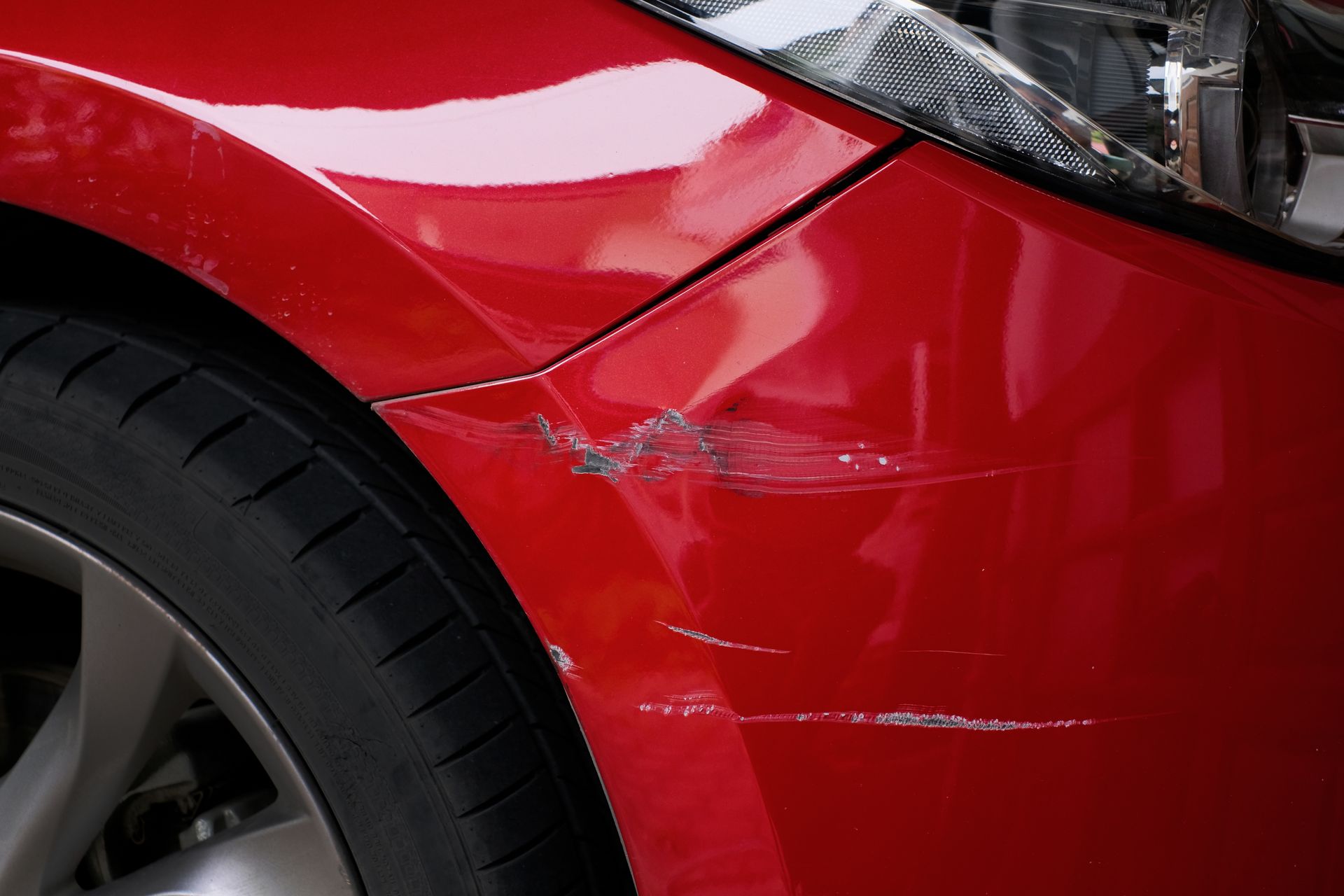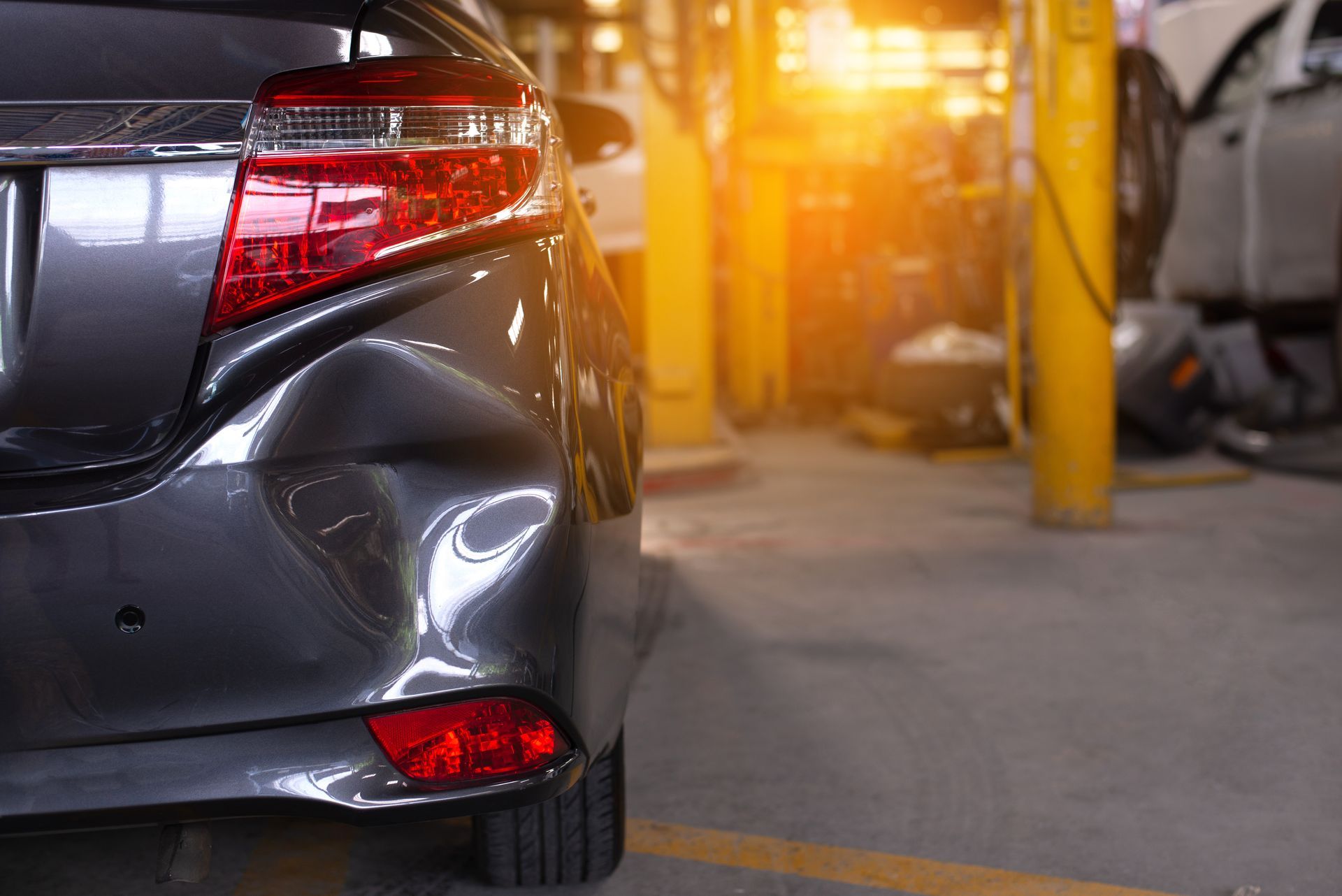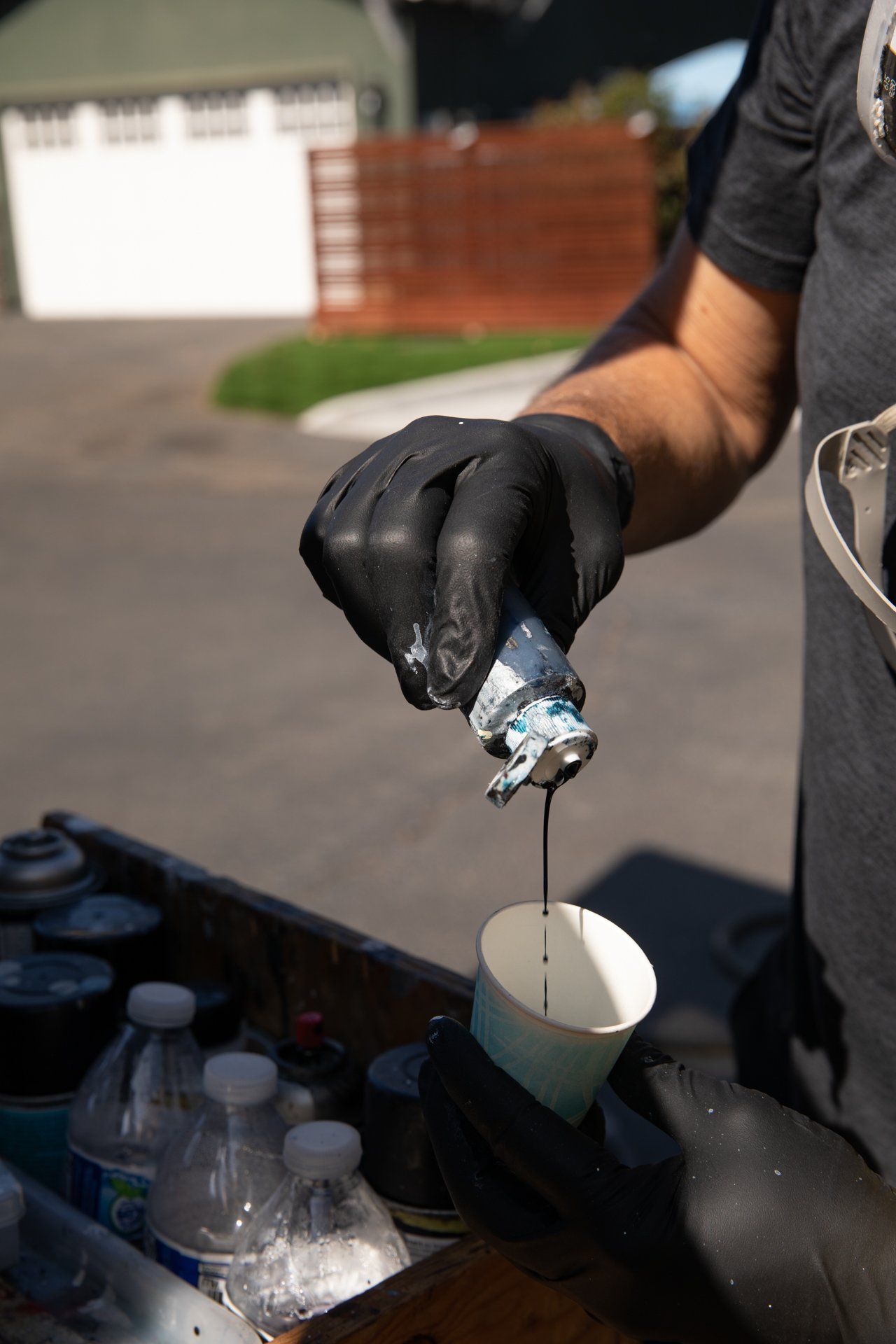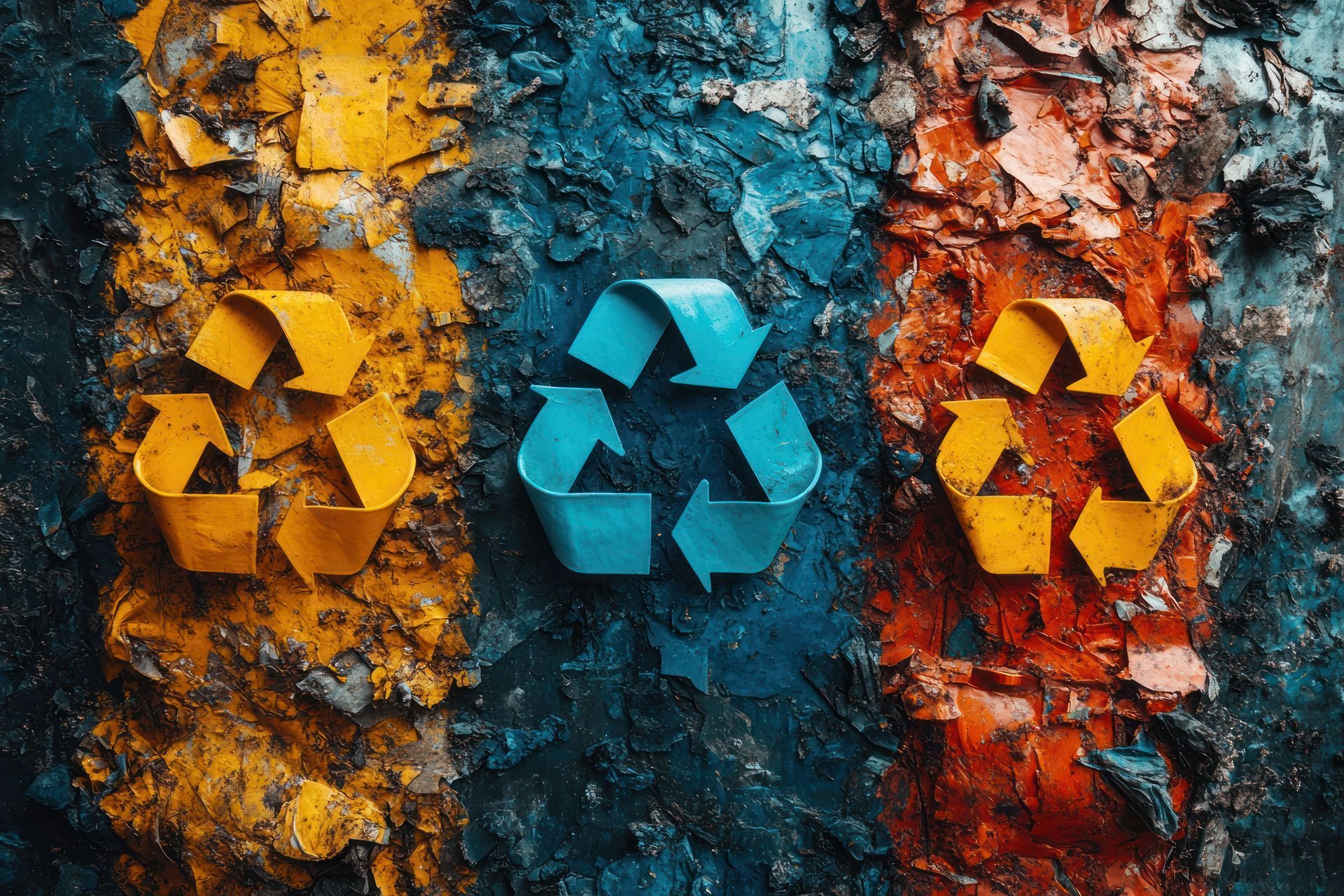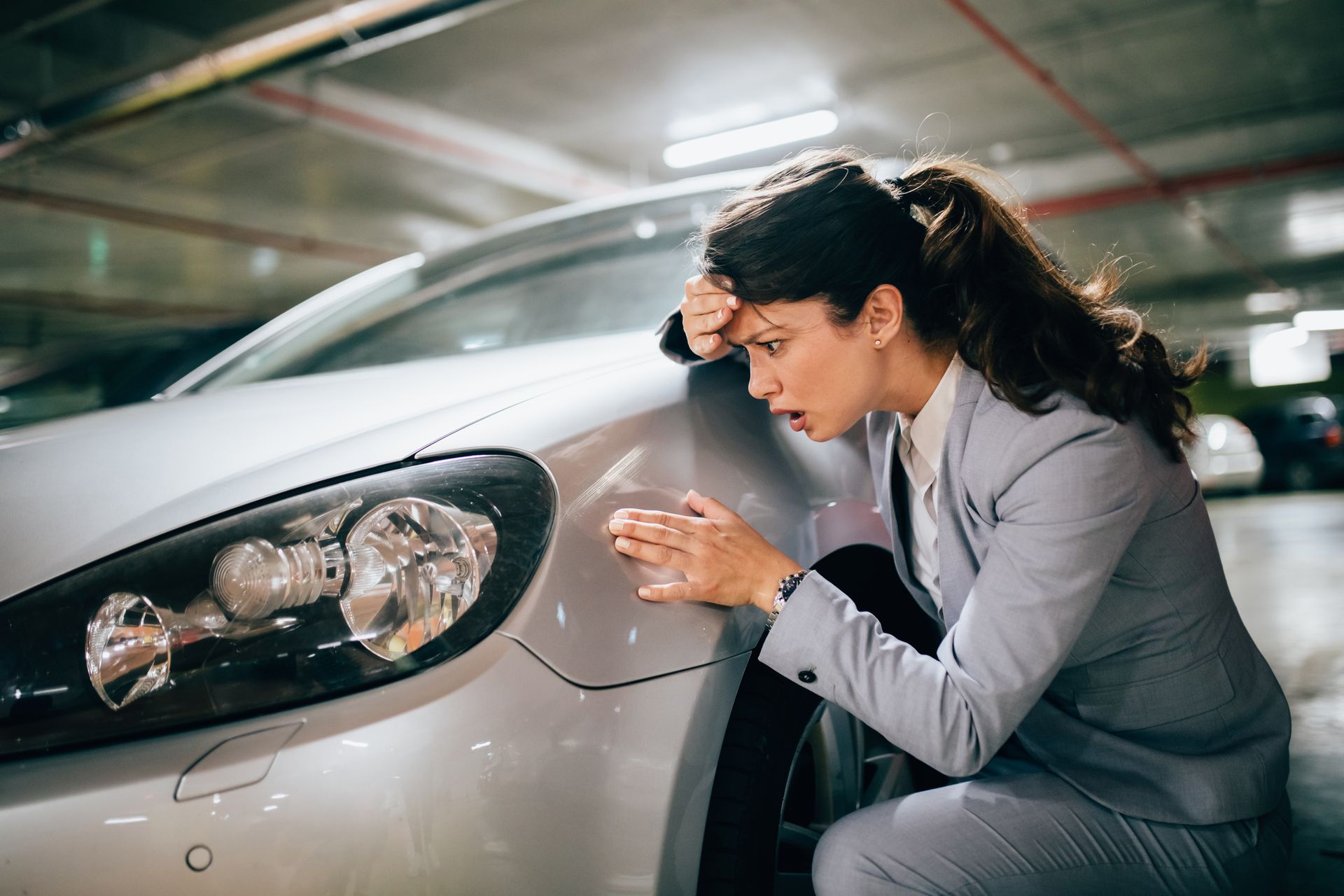Welcome to our comprehensive guide on auto paint repair! Whether you've experienced a minor scratch or a significant paint chip, understanding the repair process can help you make informed decisions about maintaining your vehicle's appearance and value. In this post, we'll walk you through how professionals assess paint damage, their tools and techniques, and the advantages of professional repair over DIY methods.
Assessing the Damage
A thorough damage assessment is the first step in any auto paint repair process. This involves more than just eyeballing the scratch or dent; it requires a detailed evaluation to understand the extent and depth of the damage. Professionals use various tools to assess the affected area, including LED lights and magnifying glasses that help them see the smallest details. They also consider the location of the damage and whether it has affected the metal or plastic components of the vehicle.
Tools and Techniques Used in Professional Auto Paint Repair
Once the damage is assessed, the repair process begins. Here’s what that typically involves:
- Cleaning: The area around the damage is cleaned thoroughly to remove any dirt, grease, or wax that could interfere with the adhesion of new paint.
- Sanding: The damaged area and a decent margin around it are sanded down to create a smooth, even surface. Depending on the extent of the damage, this might involve different grades of sandpaper.
- Priming: After sanding, a primer is applied to the bare metal or plastic to ensure the paint adheres properly. This also helps to prevent rust in the case of exposed metal.
- Color Matching: One of the most crucial steps in auto paint repair is matching the paint color to the existing vehicle color. Professionals use a computerized system to mix paint to match the original color.
- Painting: The matched paint is applied in layers, allowing sufficient drying time between each layer. The technique used here is crucial, as it must blend seamlessly with the original paint.
- Clear Coating: A clear coat is applied over the new paint to protect it from UV rays, dirt, and moisture. It also gives the paint the glossy finish that vehicles have when they come out of the factory.
- Polishing: Finally, the area is polished to ensure the new paint blends perfectly with the old paint, restoring the vehicle’s original appearance.
Benefits of Professional Repair vs. DIY Methods
While there are many DIY paint repair kits available on the market, professional repair offers several advantages:
- Expertise and Precision: Professionals have the training and tools to perform repairs with precision that is difficult to achieve with DIY kits.
- Quality Materials: Professional auto shops use high-quality paints and materials that are likely to last longer and withstand the elements better than most DIY products.
- Color Matching: Matching automotive paint is an art. Professionals have access to technology that matches the paint exactly, avoiding the often noticeable discrepancies in DIY jobs.
- Guarantees: Many professional repairs come with a warranty or guarantee, giving you peace of mind that the repair will last.
Conclusion
Auto-paint repair is a delicate process that requires precision and expertise. While DIY kits can be tempting for small, less visible damage, professional repairs ensure your vehicle looks great and retains its value. By understanding the steps and techniques involved, you can decide which route is best for your car's needs. Whether you choose the DIY route or go professional, taking care of your vehicle’s paint is essential for maintaining its aesthetic appeal and structural integrity.

